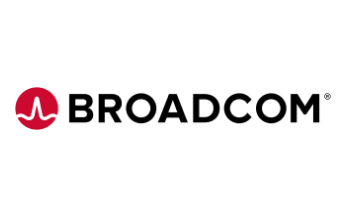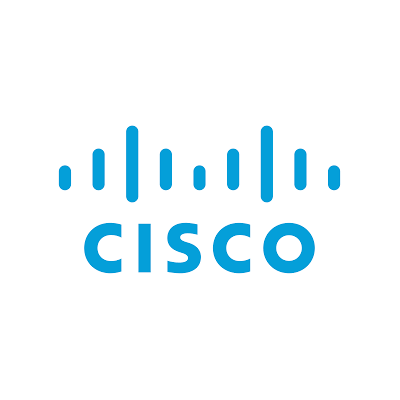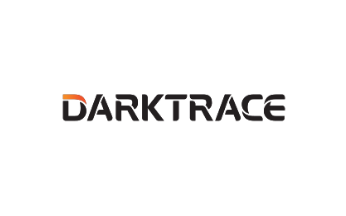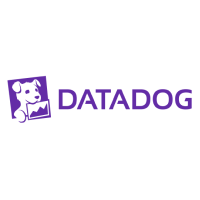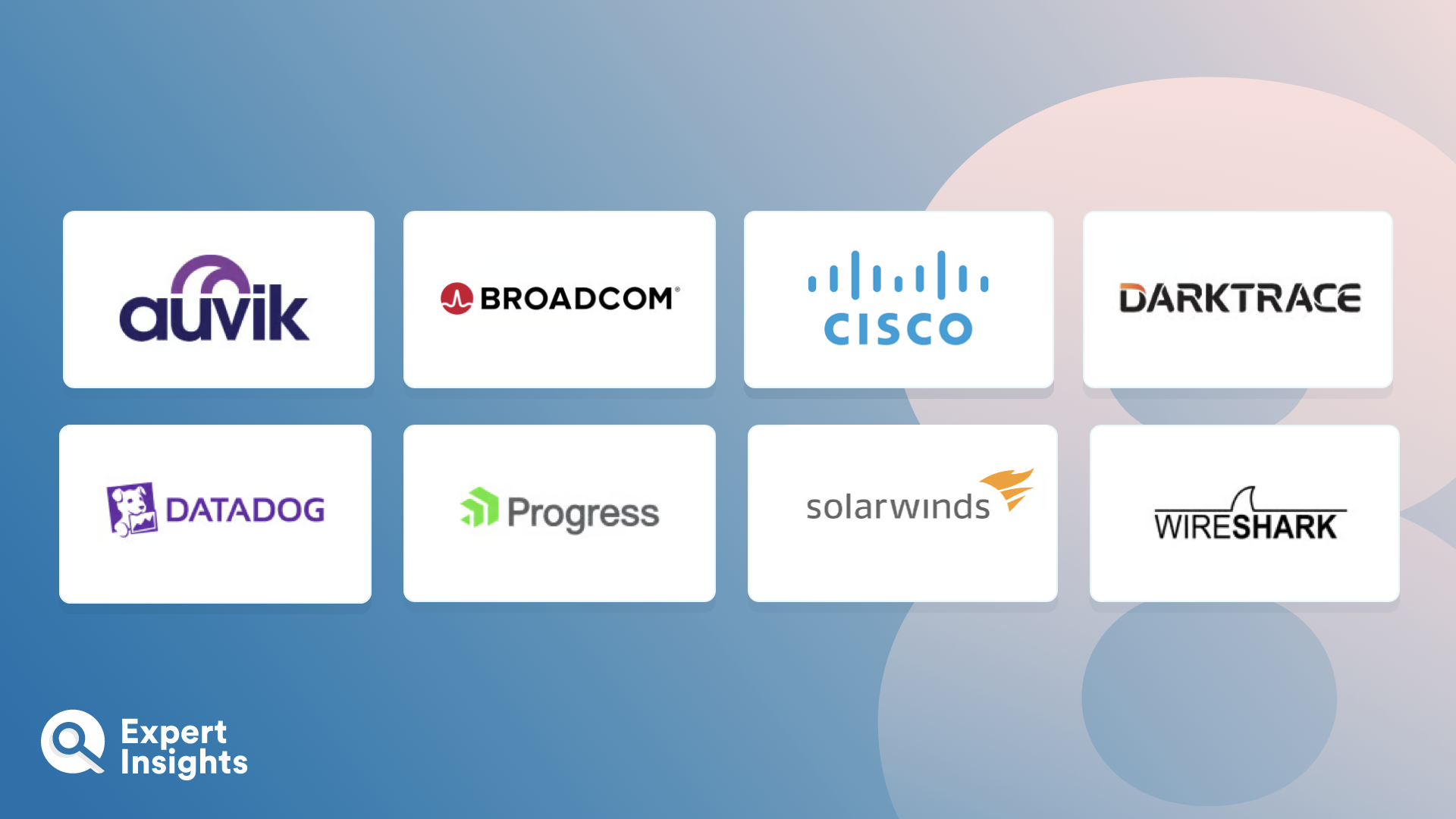Everything You Need To Know About Network Traffic Analysis (NTA) Software (FAQs)
What Is Network Traffic Analysis (NTA) Software?
A network is an integral part of network infrastructure as it connects all users, applications, and devices physically or wirelessly. It allows them to communicate with each other, to transmit data, and ensures strong security and performance. Network traffic analysis (NTA) refers to the process of intercepting, recording, and analyzing network traffic communication patterns to scan for security threats and respond accordingly.
Network traffic analysis software is a cyber security solution that is designed to monitor and analyze network traffic to detect and respond to any possible anomalies and security threats. These solutions follow several key stages, which include:
- Data collection
- Preprocessing
- Traffic analysis
- Visualization and reporting
NTA tools offer users greater visibility into network activities, so that organizations are able to effectively identify security incidents and perform forensic analysis when an event does occur. Implementing NTA software helps network administrators to improve the management of their network resources, optimize network performance, minimize the attack surface, and improve security.
How Does Network Traffic Analysis (NTA) Software Work?
All enterprise-level applications are reliant on the network to function. Users’ devices – both customers and employees – have to communicate with different types of servers, including web and DSN servers. These communications are necessary for the network to function and not become overloaded. By gaining a comprehensive, detailed insight into network traffic, organizations can better manage their networks’ functionality and make alterations where needed to boost productivity.
In addition to improving functionality, having a network traffic analytics tool in place helps to improve overall security. Significant intrusion incidents like DDoS attacks and data breaches can be spotted early by detecting abnormal or unusually high volumes of traffic. NTA software can flag this as being outside of normal traffic conditions, triggering quick analysis and triaging. This proactive approach helps administrators to take action early and successfully thwart attacks before they can intrude too deeply, leading to a significant reduction in damages.
Overall, network traffic analysis software provides organizations with valuable insights into network behavior. This informs decision making and allows them to better protect the network infrastructure and data.
What Features Should You Look For In Network Traffic Analysis (NTA) Software?
When choosing a network traffic analysis software solution, the following features should be prioritized:
- Comprehensive Visibility. Comprehensive visibility into network traffic is important for ensuring security is maintained. Your platform should monitor and analyze a broad range of communication, all in real-time. This should cover traditional TCP/OP style packets, any traffic from and within cloud workloads, virtual network traffic crossing from a virtual switch, serverless computing instances, and API calls to SaaS applications. NTA software provides this via intuitive dashboard which works to provide clear insights into network activities, trends, and potential security risks. Reporting capabilities are also useful for providing a way to demonstrate compliance and be prepared for audits.
- Track And Profile Entities. An effective network traffic analysis software solution should allow users to easily track and profile entities on the network, including various devices, applications, users, and destinations. NTA solutions often do this using machine learning and analytics capabilities, which is helpful when it comes to correlating behaviors and relationships between discovered entities.
- Analyze Encrypted Traffic. With so much of all web traffic being encrypted, it is important that your NTA solution is capable of uncovering network risks and threats by analyzing the entire payload, without needing to view the contents. This protection of privacy and integrity is why organizations need to be sure the solution they choose provides accessible and reliable methods of decrypting network traffic, without disrupting data privacy.
- Establish Comprehensive Baselines. In order to keep up with today’s innovative IT environments, a good NTA solution should be capable of tracking behaviors unique to a certain entity (or a number of entities) and comparing those to the other entities in the environment. Combine this with this ability to use the underlying data to establish a baseline, which will evolve in real time as user behaviors evolve, and the solution can establish a comprehensive baseline that understands the source and the destination entities, as well as the expected traffic patterns.
- Threat Intelligence Built in. A good NTS tool should provide a range of signatures and built-in algorithms to model behavior and crunch data. This allows for things like accelerated threat detection and incident response, a streamlined workload, and high-fidelity alerts. Having analytics built-in like this enables organizations to detect malicious behavior more effectively in the network.




